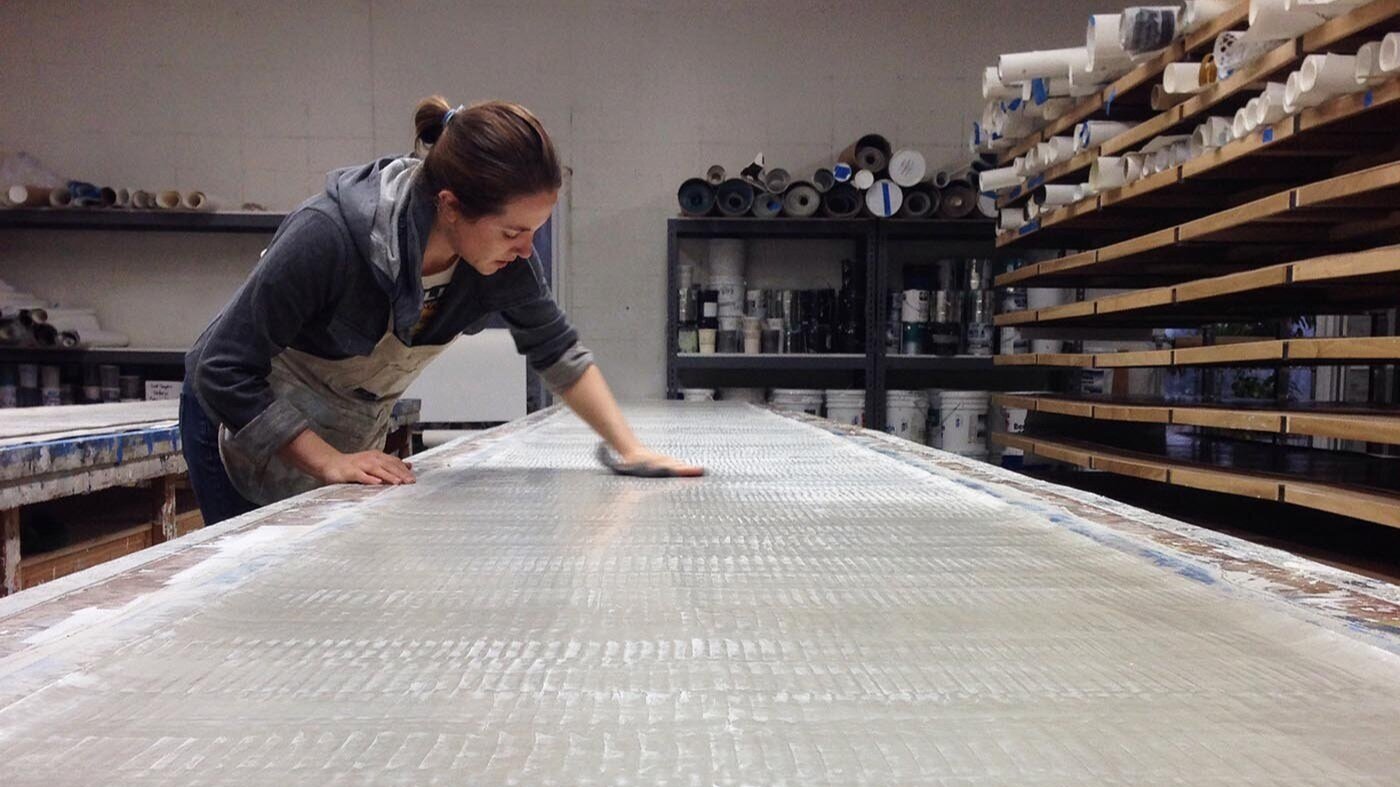TOMORROW’S CRAFTSMEN AND CRAFTSWOMEN
The clear takeaway from all these competing trends is that in tomorrow’s world, taking a risk may be the only safe way to go. Before a sufficient number of people will be willing to take these chances, a lot of groundwork will have to be laid. Among other things, we need a new educational framework that prioritizes adaptability and entrepreneurialism; re-investment in on-the-job training instead of just classroom or online learning; and an updated safety net that gives people the stability, time, and resources to take risks.
As the country waits for our leaders to catch up with this reality, there is plenty that enterprising individuals can do. In fact, inspiring exceptions to the economy’s decimated support structure already exist — and the jobs people are finding aren’t all in high-tech. Yes, the benefits of automation are real (and if past trends hold, automation will spawn as many new jobs as it eliminates), but there are lots of people seeking a life, and interesting work, beyond a computer screen. And plenty of consumers are looking for products made by entrepreneurs who think like master craftsmen.
HANDCRAFTED WALLPAPER IN ARKANSAS
In the tiny, mountain town of Witter, Arkansas, Heidi Batteau, and her husband, Christian, created a world-class manufacturing facility for handmade wallpaper. Despite the remote location, they have had no trouble finding skilled workers. “People here have common-sense intelligence,” Heidi says, in an article in Dwell magazine. “Everyone knows how to fix his or her own car and plumbing. People here live off of what they make.”
In 2011, Christian and Heidi Batteau were a power couple of the Brooklyn art scene. He was a successful sculptor and she a textile designer for Carnegie Fabrics and Wearbest Mills. They had followed traditional paths to achieve that success and were considering a family. But the high costs of Brooklyn real estate meant few prospects for home ownership, let alone opportunities for their own studios.
Driving past an abandoned mill one day, during a visit to Heidi’s tiny hometown of Witter, Arkansas (pop. 600), inspiration hit. The cost of land here was so cheap — comparatively speaking — the couple realized they could afford to buy an entire farm (to live on), and a place to start a business. They leveraged their existing clients and contacts and launched a handmade wallpaper company, featuring beautiful, artisanal products made with traditional plaster-shaping techniques.
At first, business was fine, but not booming. Then they realized that what customers cared most about was the handcrafted nature of their wallpaper, and the production process itself. So they started telling the story of the wallpaper’s origins — in other words, its craftsmanship — and how it had formed the lifeblood of a small community. The couple was also scrappy and resourceful: YouTube videos guided much of their mill rehab and farm activities; to launch their business, the couple simply Googled “business plan development” and learned on the fly. Before long, business was indeed booming.
For the Batteaus, the keys to success were basic principles that are time-honored but often forgotten: human-to-human engagement, and the constant ability to pivot and learn on the job. In similar ways, countless creative entrepreneurs have used services like Etsy and eBay to create, and then expand, their businesses.
At the Batteau’s shop, called Assemblage, the wallpaper goes through up to 12 stages, with each step done by hand. The couple says the process cannot be mechanized. “We approach it as art,” says Christian Batteau.
By Craftsmanship Quarterly // Kristin Sharp and Molly Kinder – Fall 2019
